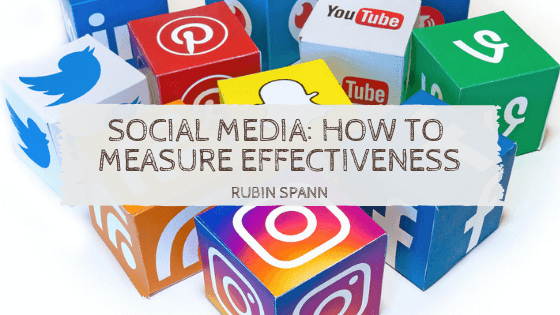When social media was first established, it was used as a means of staying in touch. While social media still boasts an emphasis on connection, it now serves as an information hub, where users can receive information via news coverage and other channels. With over 4 billion people using the internet worldwide, social media use continues to grow as well. For many industries, social media assists marketing, engaging consumers and companies with relevant and timely information. In the healthcare industry, social media proves especially valuable to marketing endeavors.
Due to its immediacy, social media can provide healthcare companies and providers direct feedback from patients faster than traditional advertising campaigns. This form of exchange creates a dialogue that not only allows providers the opportunity to share relevant information with patients in real time, but also promotes transparency, which helps increase the health system’s credibility. In fact, nearly 41 percent of patients said that social media influences their decision when determining doctors or medical practices. With social media serving as such a strong influence on choice of healthcare, healthcare marketers must be effective in their marketing efforts and strategies.
When it comes to healthcare marketing, monitoring healthcare activities ensures companies and practitioners are producing the best online results. To determine whether marketing efforts are generating desirable leads, companies can use call-tracking or Google Analytics. These tools help healthcare providers track metrics that influence Return On Investment.
The most essential metric in healthcare marketing is acquisition cost per patient, which determines how much it costs to procure a new patient via marketing strategies. These calculations are made easier through digital healthcare marketing tools that track Key Performance Indicators (KPIs). It’s recommended healthcare providers calculate acquisition cost per patient for every marketing channel to determine which methods prove most effective and which may require more aggressive approaches.
Another metric is the lifetime value of a patient, which measures how much value a patient brings to a product or practice. This measurement consists of determining the patient acquisition cost, patient rate of retention, and the cost of patient appointments. In addition to measuring long-term patient value, estimating the lifetime value of patients will help companies or practitioners determine how satisfied patients are with products or services. Monitoring this metric allows providers to determine how to better retain patients and keep them satisfied and apt to recommend services to friends and family.
Patient interaction with healthcare providers and other patients is a third important metric. Social media proves especially helpful in calculating patient interaction, as providers are able to gauge engagement based on likes, comments, and shares. As a result of social media, patient reviews have become easily accessible and yet another way to determine engagement.
